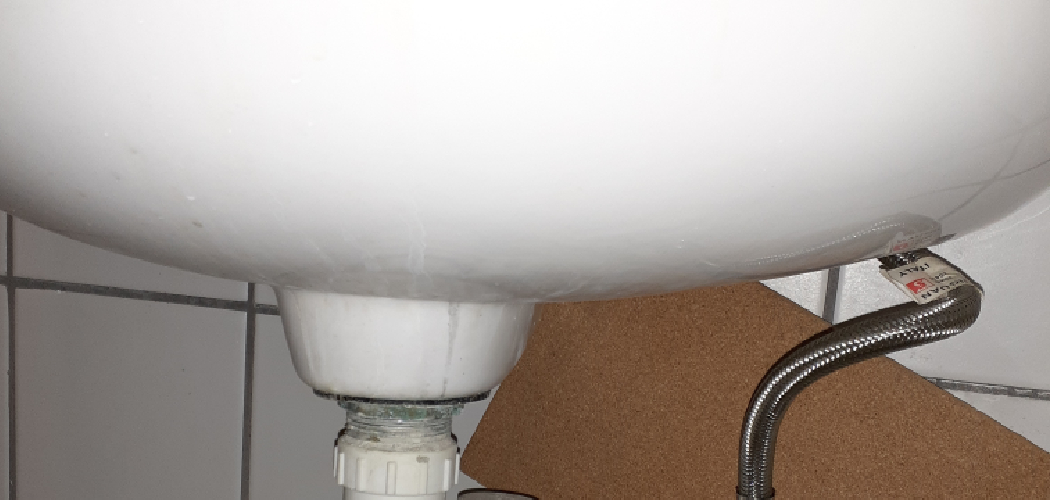Removing a bathroom sink drain is a common DIY task that can help you address issues such as clogs or leaks. Whether you’re replacing the drain assembly, cleaning out debris, or fixing a problem beneath the sink, knowing how to take off a bathroom sink drain is a valuable skill.
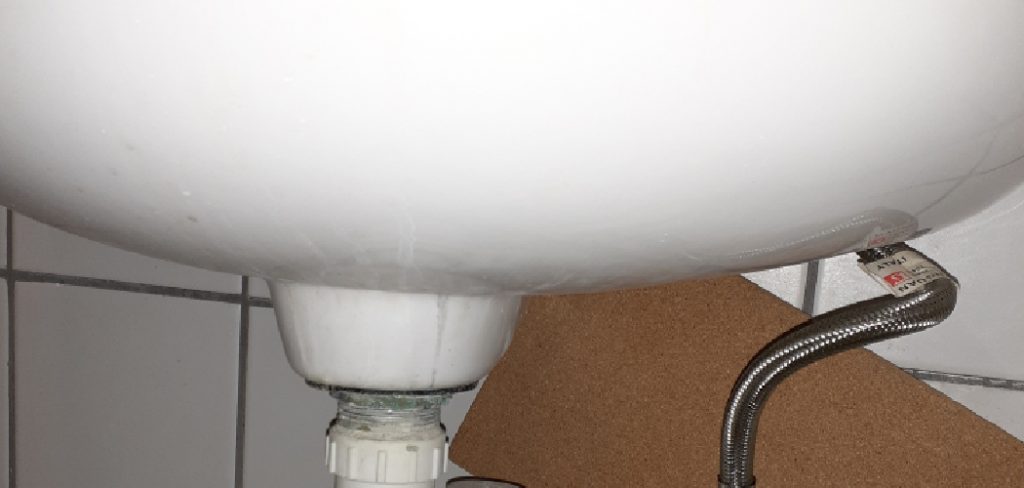
In this article, we’ll guide you through the step-by-step process to how to take off bathroom sink drain. We’ll cover various types of drains, including pop-up and grid strainer styles, providing you with a comprehensive understanding of how to disassemble each.
Additionally, we’ll discuss the essential tools and safety precautions to ensure a smooth and hazard-free process. By mastering this fundamental plumbing task, you can maintain your bathroom sink’s functionality and appearance while avoiding the need for professional assistance.
Whether you’re a seasoned DIY enthusiast or a novice looking to save on plumbing costs, this guide will empower you to tackle bathroom sink drain removal with confidence.
The Need to Remove a Bathroom Sink Drain
If you have a clogged bathroom sink, then it is likely that you will need to remove the drain to clear the blockage. Similarly, if you are remodeling your bathroom or replacing the sink altogether, then removing the drain becomes necessary. Whatever may be the reason, knowing how to take off bathroom sink drain can save you time and money.
The process of taking off a bathroom sink drain can vary depending on various factors like different types of sinks and types of drains. In this guide, we’ll discuss common methods for removing a bathroom sink drain so you can choose which suits your needs best. However, before proceeding, it is important to know the different parts of a bathroom sink drain.
Parts of a Bathroom Sink Drain
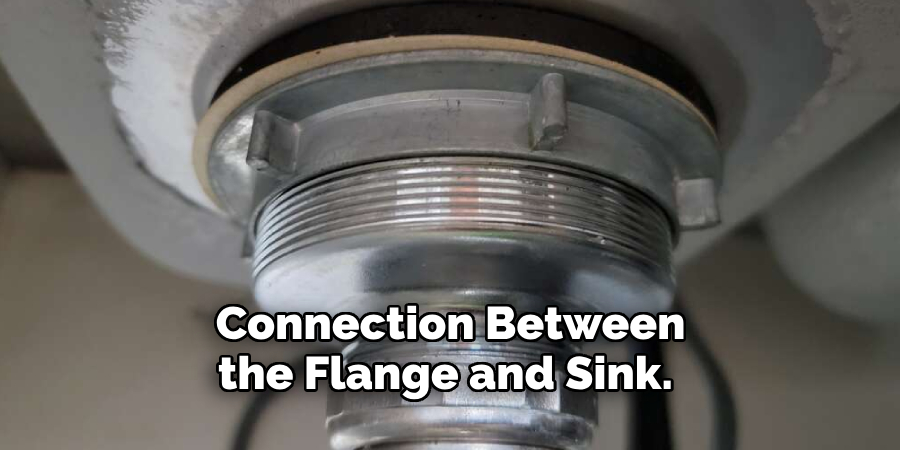
A standard bathroom sink drain consists of several components that work together to allow water to flow through. These parts include:
- Flange: The visible part located at the bottom of the sink where the stopper sits.
- Gasket: A rubber ring that seals the connection between the flange and sink.
- Tailpiece: The straight pipe that connects to the drain trap.
- Drain Trap: A curved pipe designed to prevent sewer gases from entering your home.
- Pop-up assembly: The mechanism responsible for opening or closing the drain stopper.
10 Methods How to Take off Bathroom Sink Drain
1. Use a Plunger
The most common way to unclog a bathroom sink drain is by using a plunger. To use a plunger, you should first fill the sink with enough water to cover the plunger cup. Then, place the plunger cup over the drain and press down firmly several times. This will create suction that should be able to dislodge any clogs or debris in the pipe.
2. Try Baking Soda and Vinegar
If plunging does not work, you can try using baking soda and vinegar to help break up any clogs in the pipe. To do this, pour one cup of baking soda down the drain followed by one cup of white vinegar. Let this sit for about an hour before flushing with hot water. This method can be effective at breaking up grease or soap scum clogs in your pipes.
3. Use a Drain Snake
If neither of these methods works, you may need to use a drain snake to get rid of any stubborn clogs in your pipes. A drain snake is a flexible metal rod with an auger on one end that is designed to reach deep into pipes and remove blockages.
To use one, simply insert it into the drain and twist it around until you feel resistance from something blocking the pipe. This should loosen up any debris so that it can be flushed away with hot water.
4. Try Boiling Water
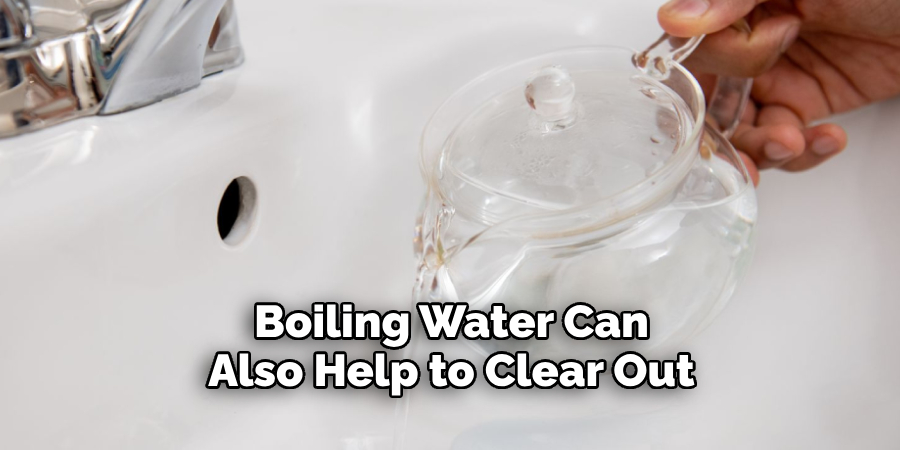
Boiling water can also help to clear out any debris in your bathroom sink’s drainpipe if none of the other methods have worked so far. Just pour several cups of boiling water down the drain and let it sit for about 10 minutes before flushing with hot water again.
The heat from the boiling water should be enough to soften any hardened residue or soap scum stuck in your pipes allowing them to be cleared out more easily by running hot water through them afterward.
5. Use Chemical Cleaners
If all else fails, you may need to resort to using chemical cleaners such as Drano or Liquid-Plumr to get rid of stubborn clogs in your bathroom sink’s drainpipe. These products are very powerful so make sure that you read all instructions carefully before using them and always wear gloves when handling them as they can cause skin irritation if they come into contact with your skin directly..
6. Remove Any Hair Clumps
Hair can often become tangled around objects such as toothbrushes or shampoo bottles which then gets washed down into your bathroom sink’s drainpipe causing it to become blocked up over time if not removed quickly enough..
One way to prevent this from happening is by regularly removing any hair clumps from around objects that get washed down into your sink’s drainage system so that they don’t accumulate and cause blockages further down the line.
7. Clean Out Your P-Trap
The P-trap is located underneath your bathroom sink and is responsible for catching any debris or hair that washes down into it before it reaches further down into your home’s plumbing system.
It’s important that you clean out this part of your bathroom sink’s drainage system periodically. Otherwise, it could become blocked up over time, leading to more serious plumbing problems further on down the line.
8. Check For Leaks In Your Pipework
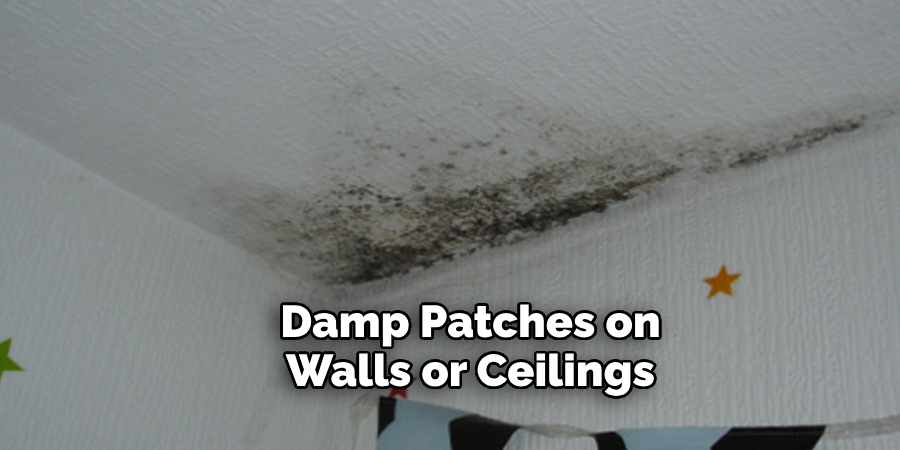
It’s important that you check for leaks in your pipework periodically, as even small amounts of leaking water could eventually lead to larger problems, such as mold growth or structural damage due to long-term exposure. If you notice any signs of leaking, such as damp patches on walls or ceilings near where pipework runs through, then make sure that you have these issues rectified quickly before they become worse.
9. Install A Mesh Strainer
A mesh strainer is a device that fits onto the top of your bathroom sink’s drainage hole, which helps catch large pieces of debris, such as hair or food particles, which would otherwise pass through unchecked and potentially cause blockages further on down in pipework.
Installing one is relatively straightforward, but make sure that you check it regularly for build-ups of dirt/debris, which could lead to problems further down the line if left unchecked.
10. Call A Professional Plumber
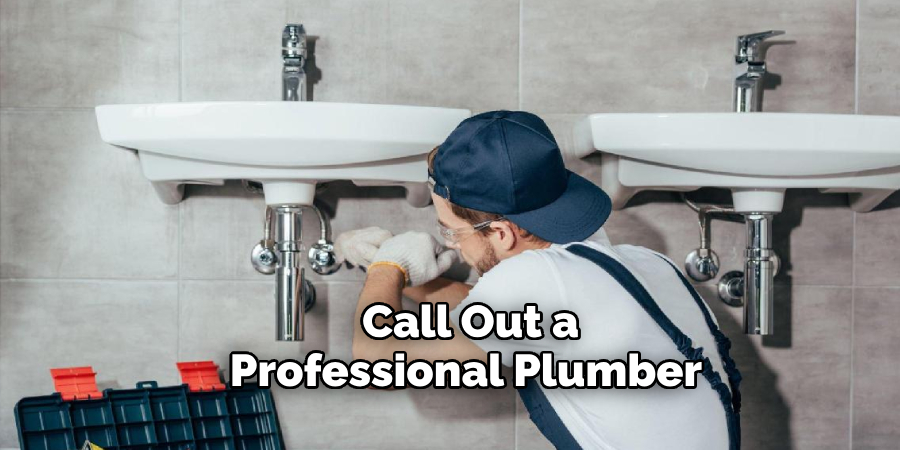
Sometimes no matter how hard we try, we just cannot seem to get rid of certain types of blockages, no matter what methods we use.. If this happens, then it might be best for you to call out a professional plumber who will have access to tools/equipment needed for more severe cases such as hydro jetting which uses high-pressure jets of water capable of clearing even some toughest blockages in your bath sink’s drainage system.
Things to Consider When Takeing off Bathroom Sink Drain
Here are some important considerations when taking off a bathroom sink drain:
- First, make sure you have all the necessary tools and materials on hand. This may include pliers, a screwdriver, plumber’s putty, and replacement parts if needed.
- Next, familiarize yourself with the layout of your sink and its drain. Some sinks may have different types of drains or traps depending on their age or design.
- Before starting any work, it’s always best to shut off the water supply to your sink. This will prevent any accidental leaks or water damage while you’re working.
- Remove any items from your sink that may be blocking access to the drain. This could include soaps, toothbrushes, or other toiletries.
- Depending on the type of sink and drain you have, you may need to remove any visible screws or clips that are holding the drain in place.
- Once you have access to the drain, use pliers or a wrench to loosen and remove any nuts or bolts securing it. Be cautious not to strip or damage these parts as they may be reused when installing the new drain.
Conclusion
Taking off the bathroom sink drain is not a difficult task. When you have the right tools and knowledge, you can easily replace it in minutes—which will save you both time and money. Keeping a few common tools around for basic plumbing jobs like this can help take some of your maintenance costs out of the equation and let you do more of what you love within your home.
You may now have the confidence to take on similar projects, as well as get reassurance when it comes to dealing with potential future issues regarding how to take off bathroom sink drain.
Keep learning, keep exploring, and don’t be afraid to ask questions if you find yourself stuck! You now have all the information you need to complete this job without any issues or hiccups. With the ability to remove and replace the bathroom sink drain, there’s no job that is too big or small for a DIYer like yourself.

